Home>Gardening & Outdoor>Landscaping Ideas>When To Prune Ornamental Grass
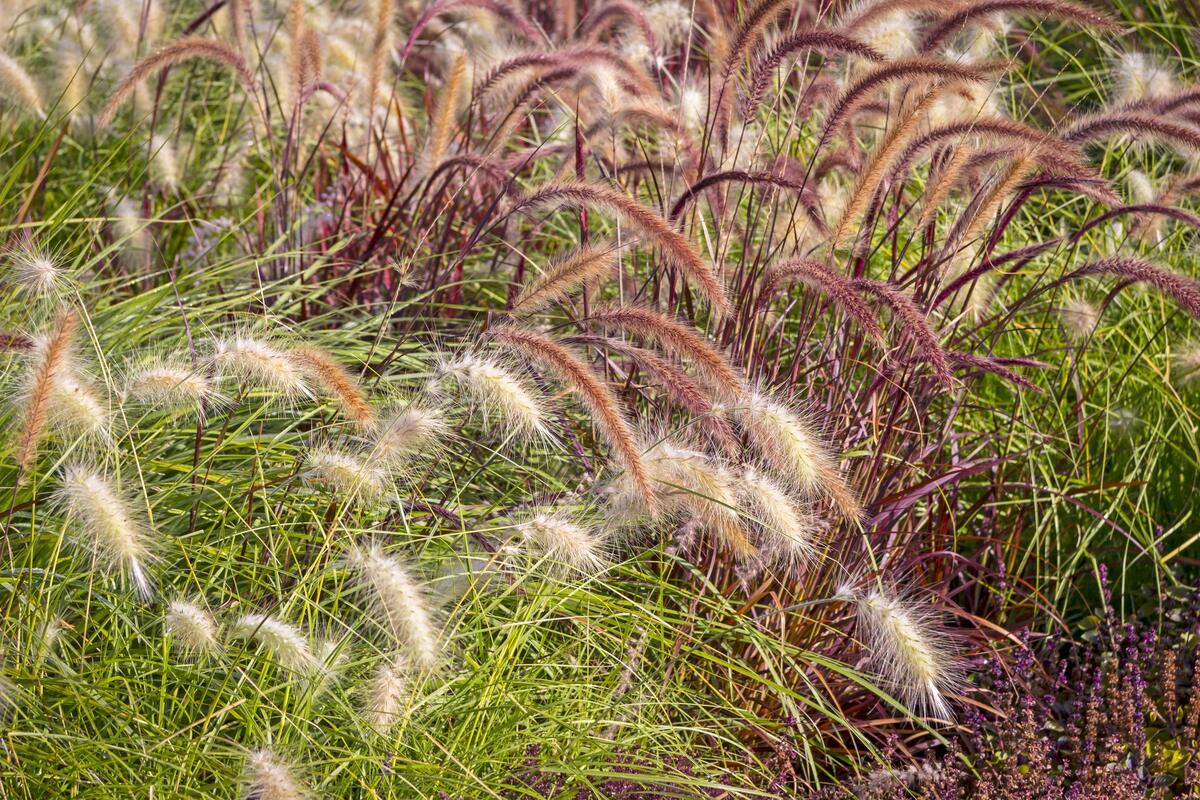

Landscaping Ideas
When To Prune Ornamental Grass
Modified: February 18, 2024
Learn the best timing and techniques for pruning ornamental grass in your landscaping. Discover expert tips and ideas for maintaining a beautiful garden.
(Many of the links in this article redirect to a specific reviewed product. Your purchase of these products through affiliate links helps to generate commission for Storables.com, at no extra cost. Learn more)
Introduction
Ornamental grasses are a stunning addition to any landscape, offering texture, movement, and visual interest throughout the year. These versatile plants come in a wide array of colors, sizes, and textures, making them a popular choice for gardens, borders, and containers. Whether you're a seasoned gardener or just starting out, understanding the best practices for pruning ornamental grass is essential for maintaining their health and beauty.
Proper pruning not only enhances the aesthetic appeal of ornamental grasses but also promotes new growth and ensures their longevity. By removing old, dead foliage and seed heads, you can rejuvenate the plants and encourage vigorous regrowth in the upcoming season. Additionally, strategic pruning can help prevent the grasses from becoming overgrown and invasive, maintaining a well-manicured appearance in your outdoor space.
In this comprehensive guide, we will delve into the art of pruning ornamental grasses, exploring the best timing for this essential task, the techniques for different types of grasses, the necessary tools, and valuable tips to achieve optimal results. Whether you have towering Miscanthus, graceful Pennisetum, or delicate Festuca, this guide will equip you with the knowledge and confidence to prune your ornamental grasses with precision and care. Let's embark on this journey to discover the secrets of maintaining healthy, vibrant, and visually captivating ornamental grasses in your landscape.
Key Takeaways:
- Timing is crucial when pruning ornamental grasses. Cool-season grasses should be pruned in early spring, while warm-season grasses are best pruned in late winter or early spring to promote healthy regrowth and maintain their neat appearance.
- Using the right tools and techniques is essential for effective pruning. Sharp pruning shears, hedge shears, and loppers are indispensable for achieving precise cuts and maintaining the health and vitality of ornamental grasses.
Read more: When To Prune Pink Muhly Grass
Best Time to Prune Ornamental Grass
Pruning ornamental grasses at the right time is crucial for their overall health and appearance. The timing of pruning largely depends on whether the grass is a cool-season or warm-season variety. Understanding the growth patterns of different types of ornamental grasses is essential for determining the most suitable time for pruning.
Cool-Season Grasses:
Cool-season grasses, such as Blue Fescue (Festuca glauca) and Feather Reed Grass (Calamagrostis acutiflora), experience active growth in the cooler months of spring and fall. The best time to prune these grasses is in early spring, just before the new growth emerges. This allows for the removal of the previous season's dead foliage while ensuring that the new shoots have ample space and light to thrive. Pruning cool-season grasses in early spring also helps maintain their neat appearance throughout the growing season.
Warm-Season Grasses:
On the other hand, warm-season grasses, including Maiden Grass (Miscanthus sinensis) and Fountain Grass (Pennisetum alopecuroides), exhibit vigorous growth during the warmer months of summer and early fall. It is advisable to prune these grasses in late winter or early spring, before the new growth begins. This timing allows for the removal of the previous year's foliage and seed heads, promoting a fresh start for the upcoming growing season. Pruning warm-season grasses at this time also prevents the risk of damaging the emerging new shoots.
Year-Round Maintenance:
While the general rule of thumb for pruning ornamental grasses is based on their growth habits, it's important to note that some grasses may benefit from a light trim or grooming throughout the year. This maintenance pruning involves removing any unsightly or damaged foliage to maintain the overall appearance of the grasses. Additionally, removing spent flower heads can prevent self-seeding and promote a tidy, well-kept look in the landscape.
Understanding the specific growth patterns of the ornamental grasses in your garden is essential for determining the best time to prune. By aligning the pruning schedule with the natural growth cycles of the grasses, you can effectively enhance their visual appeal, promote healthy regrowth, and ensure a vibrant display in your landscape throughout the year.
How to Prune Different Types of Ornamental Grass
Pruning ornamental grasses is not a one-size-fits-all task; different types of grasses require specific techniques to ensure optimal results. Understanding the unique characteristics of each variety will guide you in effectively pruning them without causing harm. Here's a detailed look at how to prune different types of ornamental grasses:
Feather Reed Grass (Calamagrostis acutiflora)
Feather Reed Grass is a cool-season grass known for its upright growth habit and feathery plumes. To prune this grass, use sharp hedge shears or pruners to cut back the entire plant to a height of 4-6 inches above the ground in early spring. This rejuvenation pruning encourages fresh growth and maintains the plant's tidy appearance.
Maiden Grass (Miscanthus sinensis)
Maiden Grass, a popular warm-season grass, requires a slightly different approach. In late winter or early spring, use hedge shears or pruners to remove the previous year's foliage and seed heads, cutting the entire plant back to a height of 4-6 inches. Be cautious not to damage the emerging new shoots while pruning.
Read more: When To Cut Ornamental Grass
Blue Fescue (Festuca glauca)
Blue Fescue, a compact cool-season grass with striking blue-gray foliage, benefits from a gentle touch during pruning. In early spring, comb through the plant with your fingers or a small rake to remove the dead foliage and encourage new growth. Avoid cutting back the entire plant, as this can impede its natural form.
Fountain Grass (Pennisetum alopecuroides)
Fountain Grass, a graceful warm-season grass, requires pruning in late winter to early spring. Use hedge shears or pruners to trim the entire plant back to 2-3 inches above the ground, removing the previous year's growth and seed heads. This rejuvenation pruning promotes vigorous regrowth and maintains the plant's attractive fountain-like shape.
Zebra Grass (Miscanthus sinensis 'Zebrinus')
Zebra Grass, characterized by its distinctive horizontal stripes, should be pruned in late winter or early spring. Use sharp shears to remove the previous year's foliage and seed heads, cutting the entire plant back to 4-6 inches above the ground. This pruning method encourages the emergence of new, vibrant foliage and preserves the plant's unique visual appeal.
By tailoring your pruning techniques to the specific requirements of each type of ornamental grass, you can effectively promote healthy growth, maintain their aesthetic appeal, and ensure a visually captivating landscape throughout the year. Understanding the nuances of pruning different types of ornamental grasses empowers you to care for these plants with precision and expertise, enhancing the overall beauty of your outdoor space.
Tools Needed for Pruning
When it comes to pruning ornamental grasses, having the right tools at your disposal is essential for achieving precise and effective results. The following tools are indispensable for the task of pruning and maintaining the health and beauty of ornamental grasses:
-
Pruning Shears: Also known as hand pruners or secateurs, these are essential for cutting through the tough, fibrous stems of ornamental grasses. Look for a high-quality pair with sharp blades and a comfortable grip to ensure clean cuts without causing damage to the plants.
-
Hedge Shears: For larger grasses or extensive pruning tasks, hedge shears are invaluable. These long-bladed shears enable you to trim large clumps of grass with ease, providing a uniform and neat appearance to the plants.
-
Loppers: When dealing with thick or woody ornamental grasses, loppers come in handy for cutting through the tougher stems. Their extended handles provide leverage and power, making it easier to prune larger grasses with precision.
-
Hand Saw: In cases where the grass has become particularly overgrown or requires more substantial pruning, a hand saw can be used to tackle thicker stems and remove dead or damaged growth effectively.
-
Gloves: While not a cutting tool, a pair of sturdy gardening gloves is essential for protecting your hands during the pruning process. Opt for gloves that offer both dexterity and protection, allowing you to handle the grasses without risking cuts or abrasions.
-
Rake: After pruning, a rake can be used to gather and remove the trimmed foliage and debris, leaving the area tidy and ready for the new growth to emerge.
-
Safety Gear: Depending on the size and density of the ornamental grasses, wearing safety goggles and long sleeves can provide added protection from any flying debris or sharp edges during the pruning process.
By ensuring that you have these essential tools on hand, you can approach the task of pruning ornamental grasses with confidence and precision. Investing in high-quality tools and maintaining them properly will not only make the pruning process more efficient but also contribute to the overall health and vitality of your ornamental grasses. With the right tools and techniques, you can maintain a visually stunning and well-manicured landscape that showcases the beauty of these versatile plants.
Read more: When To Plant Ornamental Grass Seed
Tips for Pruning Ornamental Grass
Pruning ornamental grasses is a task that requires careful consideration and attention to detail to ensure the best results. Here are some valuable tips to guide you through the pruning process and help you maintain the health and beauty of your ornamental grasses:
-
Timing is Key: As discussed earlier, understanding the growth habits of your ornamental grasses is crucial for determining the appropriate time for pruning. By aligning your pruning schedule with the natural growth cycles of the grasses, you can promote healthy regrowth and maintain their visual appeal throughout the year.
-
Use Sharp Tools: When pruning ornamental grasses, it's essential to use sharp and clean cutting tools to achieve clean cuts without causing damage to the plants. Dull blades can result in ragged cuts, increasing the risk of disease and hampering the regrowth of the grasses.
-
Consider the Plant's Size: The size of the ornamental grass clump should be taken into account when pruning. For larger clumps, consider using loppers or hedge shears for a more efficient and uniform pruning process.
-
Leave Some Foliage: While it's important to remove the old, dead foliage and seed heads, it's advisable to leave some foliage at the base of the plant, especially during the colder months. This can provide protection to the crown of the grass and help it withstand harsh weather conditions.
-
Gather and Dispose of Trimmed Foliage: After pruning, be sure to gather and dispose of the trimmed foliage and debris properly. This not only keeps the area tidy but also prevents the trimmed foliage from smothering the emerging new growth.
-
Protect Yourself: Pruning ornamental grasses can involve handling sharp blades and potentially dense foliage. Wearing gloves, long sleeves, and safety goggles can provide protection from cuts, abrasions, and flying debris during the pruning process.
-
Observe Plant Health: While pruning, take the opportunity to inspect the overall health of the ornamental grasses. Look for signs of disease, pest infestations, or any other issues that may require attention. Addressing these issues promptly can contribute to the long-term vitality of the plants.
-
Adjust Pruning Intensity: Some ornamental grasses may benefit from more aggressive pruning to rejuvenate the plant, while others may require a lighter touch to maintain their natural form. Understanding the specific needs of each type of grass will guide you in adjusting the pruning intensity accordingly.
By incorporating these tips into your pruning routine, you can effectively care for your ornamental grasses, promote healthy growth, and maintain a visually appealing landscape. With the right approach and attention to detail, pruning becomes a rewarding practice that contributes to the overall beauty and vitality of your outdoor space.
Conclusion
In conclusion, the art of pruning ornamental grasses is a fundamental aspect of maintaining a vibrant and visually captivating landscape. By understanding the best time to prune, the specific techniques for different types of ornamental grasses, the essential tools needed, and valuable tips for effective pruning, you can ensure the health and beauty of these versatile plants throughout the year.
Pruning ornamental grasses at the right time, whether they are cool-season or warm-season varieties, is crucial for promoting healthy regrowth and maintaining their aesthetic appeal. Aligning the pruning schedule with the natural growth cycles of the grasses allows for the removal of old, dead foliage and seed heads, rejuvenating the plants and ensuring a well-manicured appearance in your outdoor space.
Tailoring pruning techniques to the specific requirements of each type of ornamental grass is essential for achieving optimal results. From Feather Reed Grass to Maiden Grass, understanding the unique characteristics of each variety empowers you to care for these plants with precision and expertise, enhancing the overall beauty of your outdoor space.
Having the right tools at your disposal is indispensable for achieving precise and effective results when pruning ornamental grasses. From pruning shears and hedge shears to loppers and gloves, investing in high-quality tools and maintaining them properly contributes to the overall health and vitality of your ornamental grasses.
Incorporating valuable tips into your pruning routine, such as using sharp tools, considering the plant's size, and observing plant health, can further enhance the success of your pruning efforts. By approaching the task of pruning with care and attention to detail, you can maintain a visually stunning and well-manicured landscape that showcases the beauty of these versatile plants.
In essence, mastering the art of pruning ornamental grasses not only contributes to the overall beauty of your outdoor space but also fosters a deeper connection with nature. As you embark on this journey of caring for your ornamental grasses, may the knowledge and insights gained empower you to create a landscape that is not only visually captivating but also a source of joy and inspiration for years to come.
Frequently Asked Questions about When To Prune Ornamental Grass
Was this page helpful?
At Storables.com, we guarantee accurate and reliable information. Our content, validated by Expert Board Contributors, is crafted following stringent Editorial Policies. We're committed to providing you with well-researched, expert-backed insights for all your informational needs.
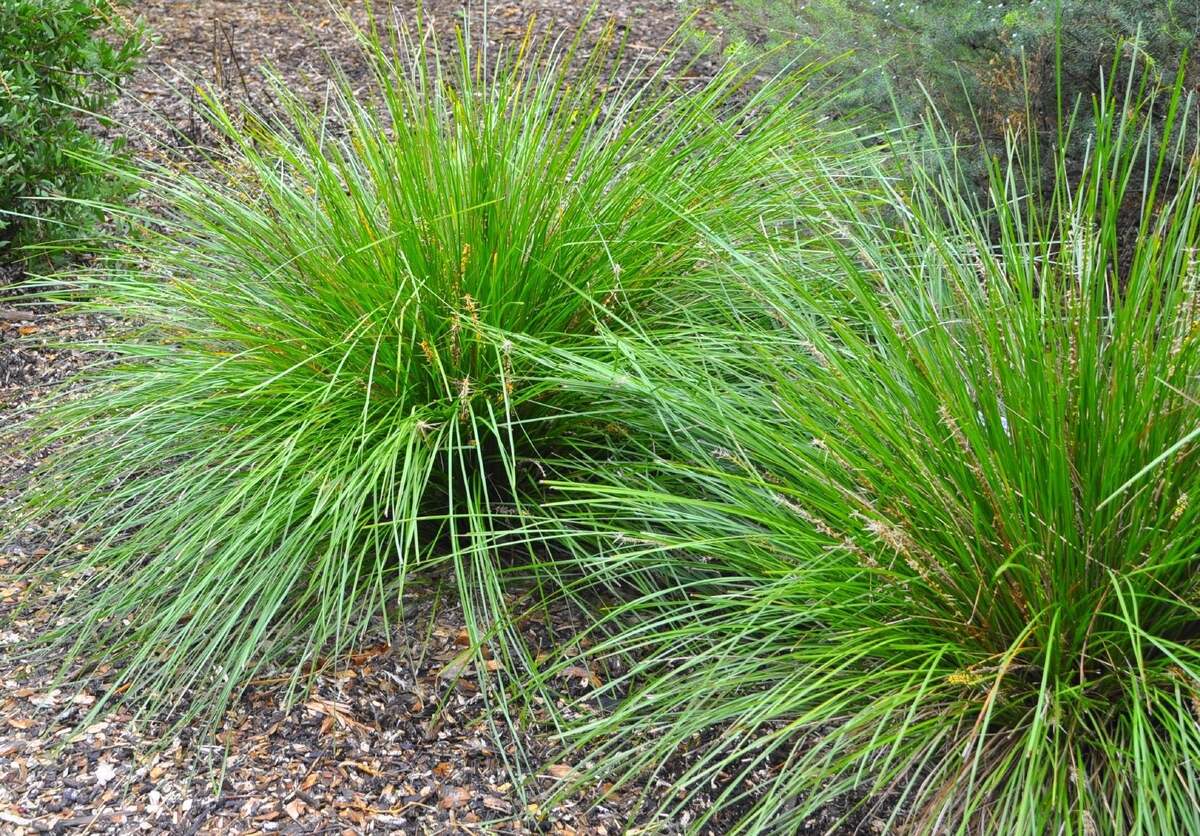
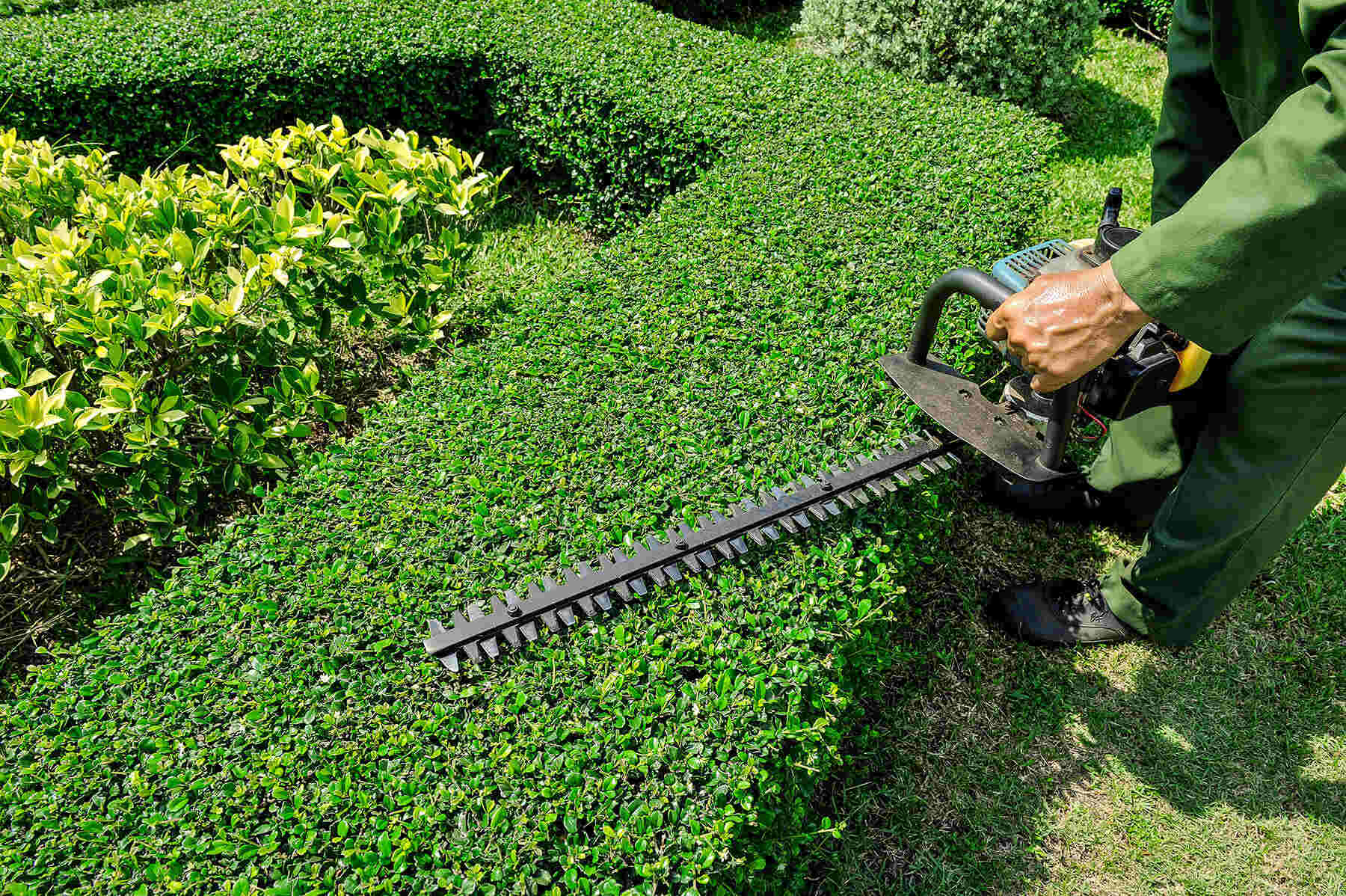
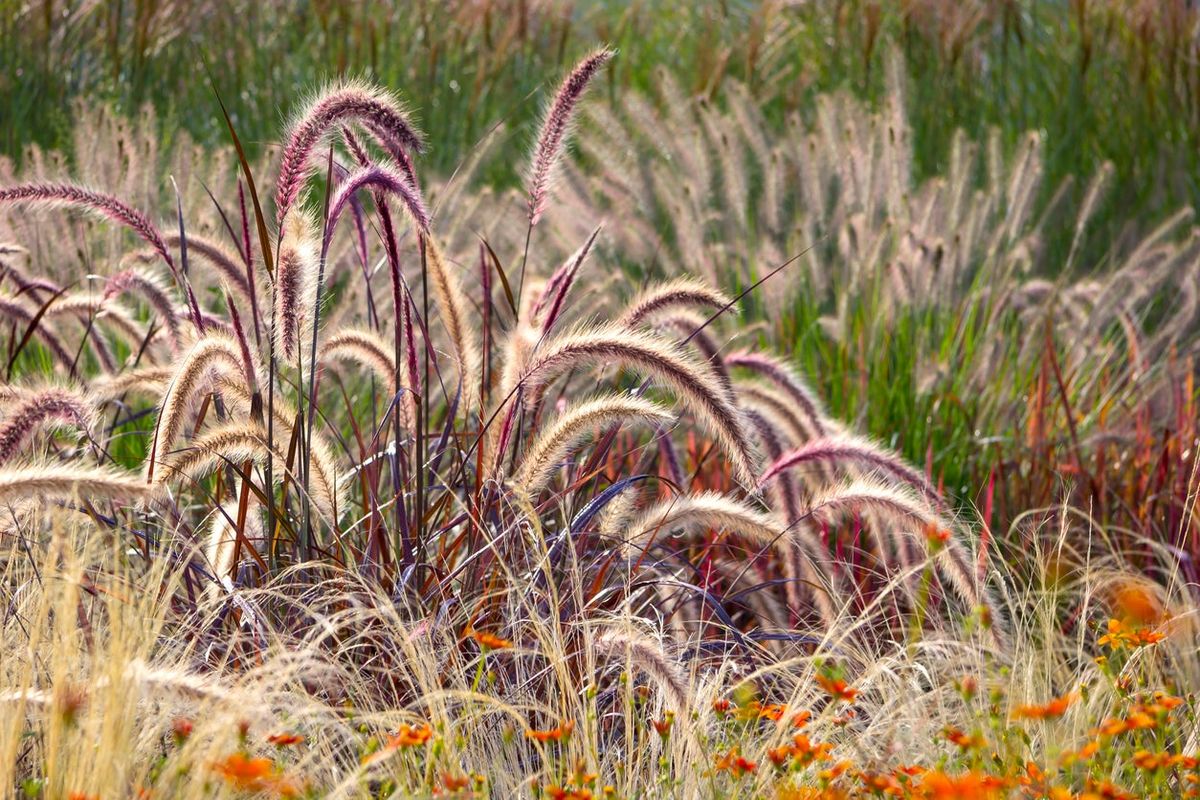
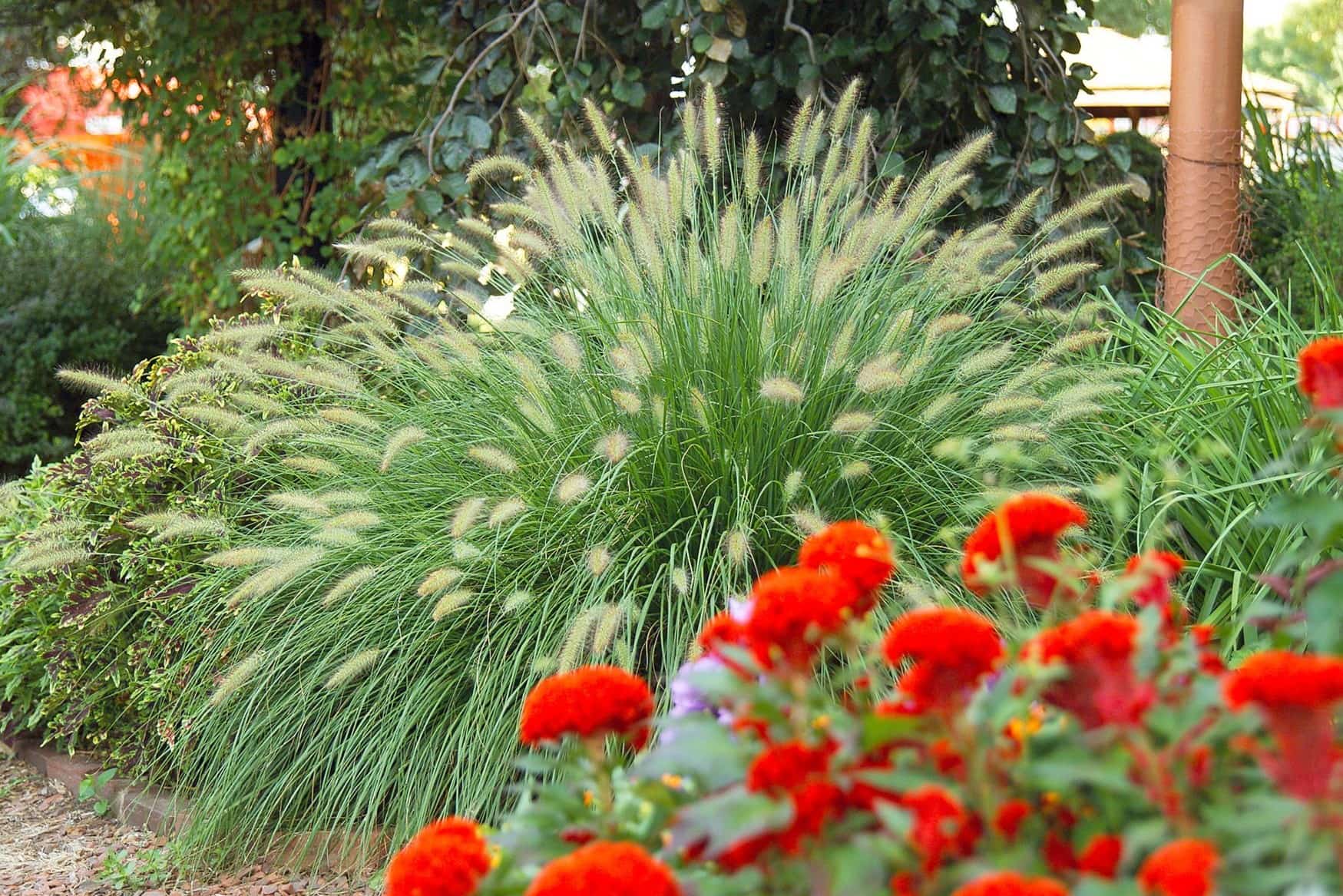
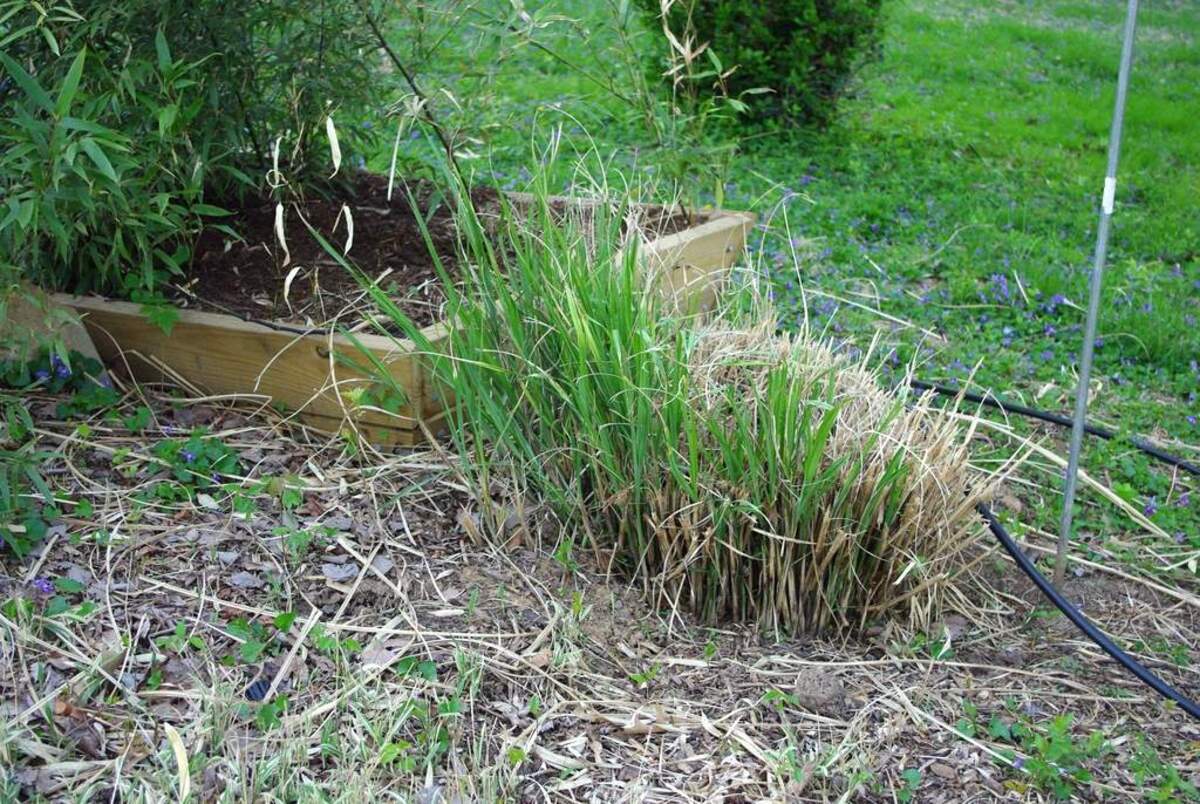
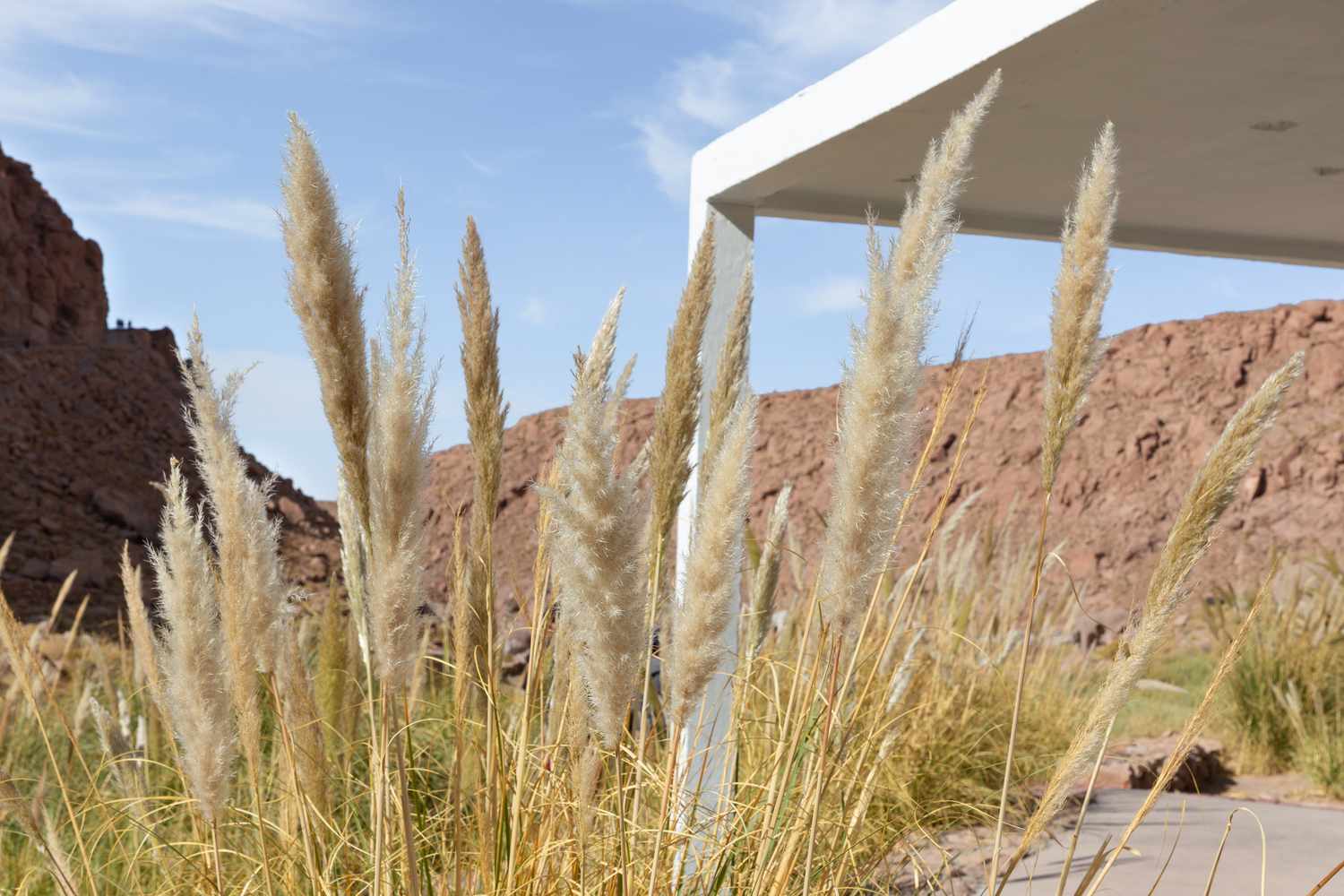
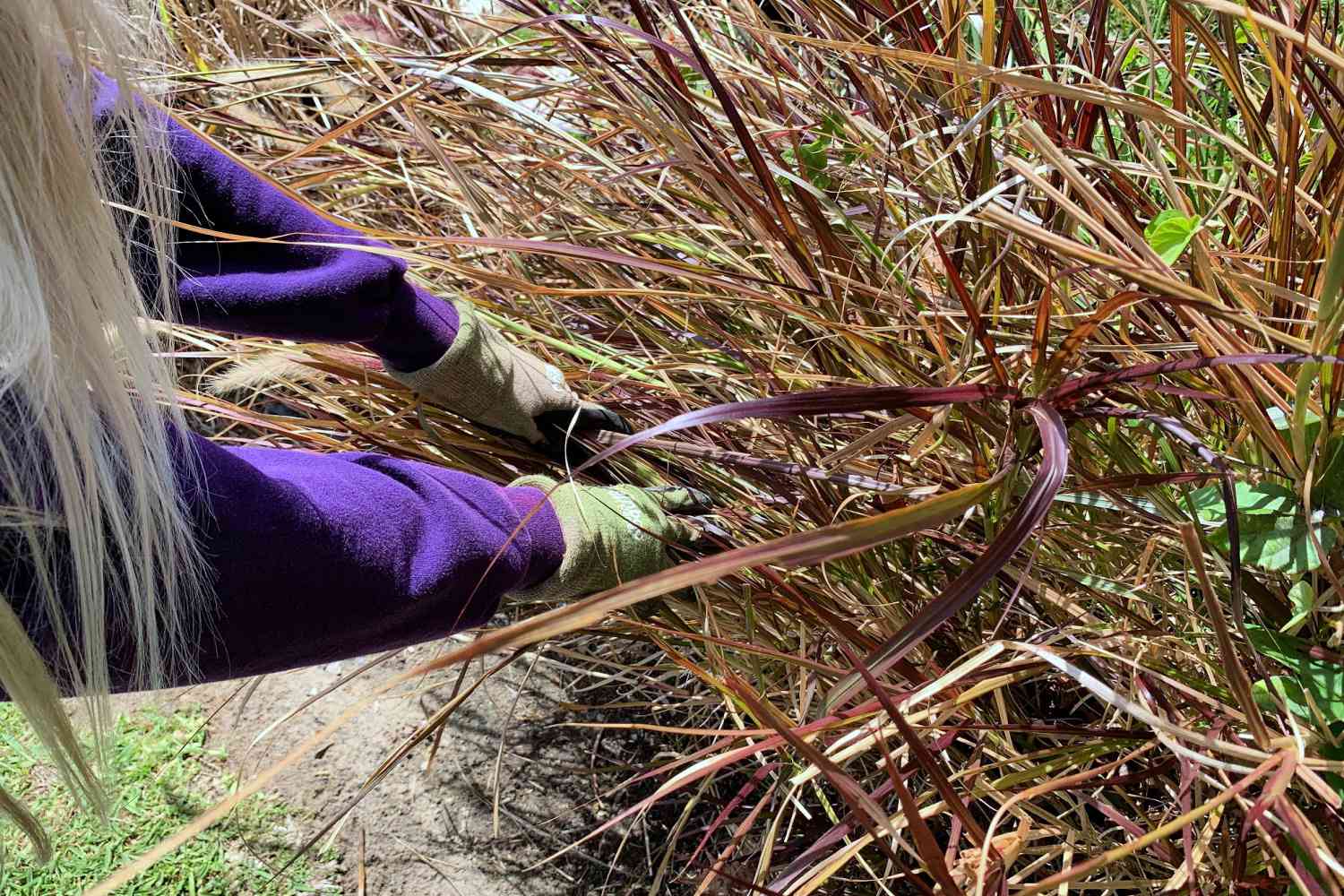

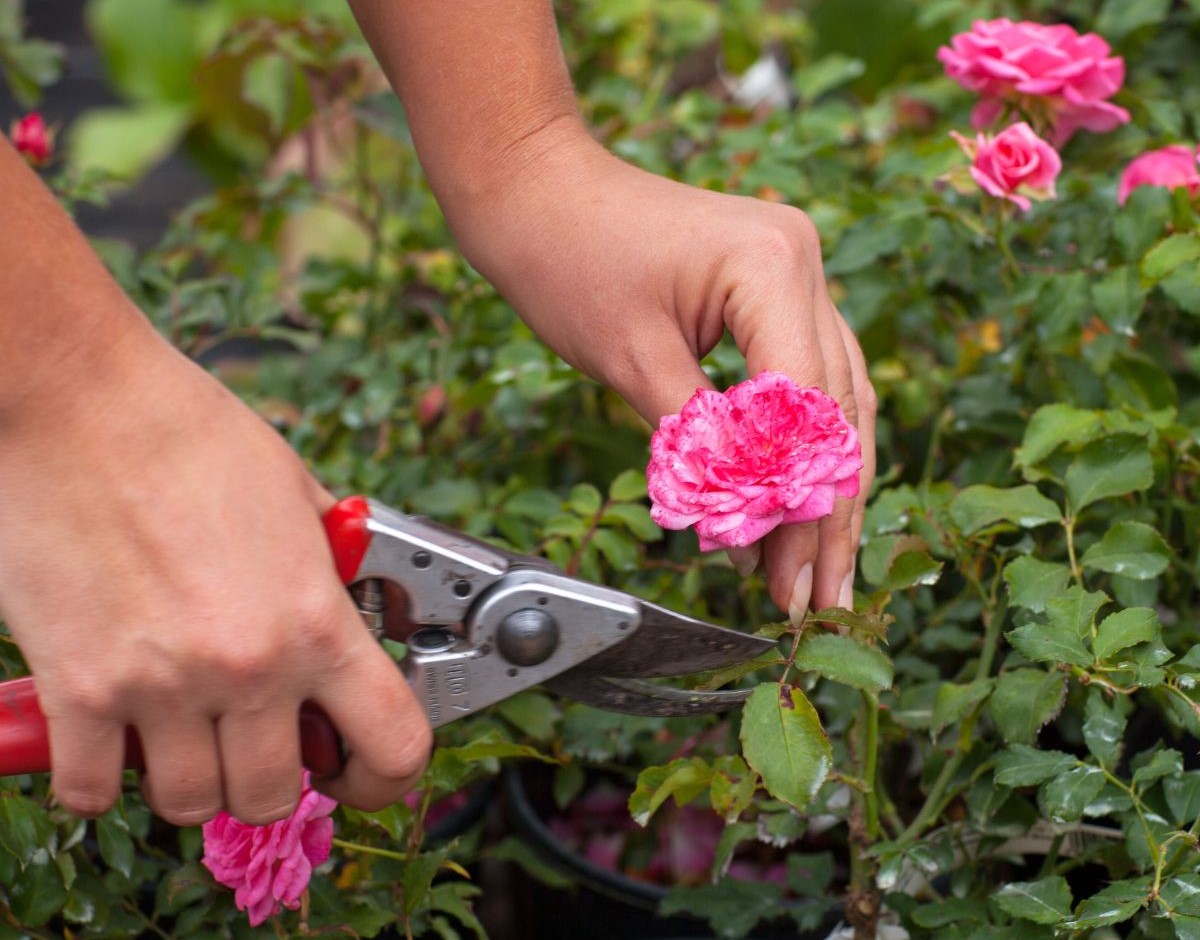


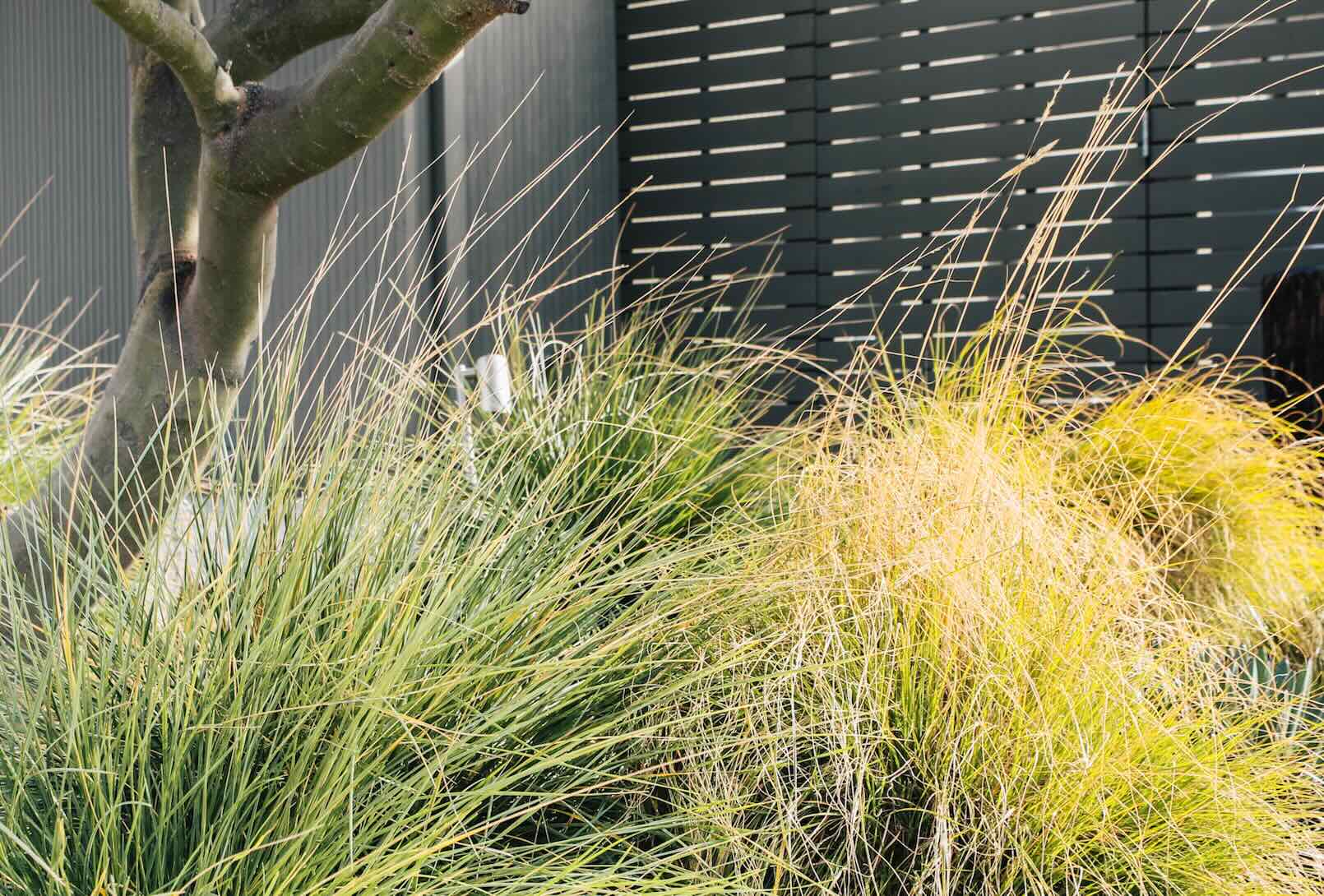
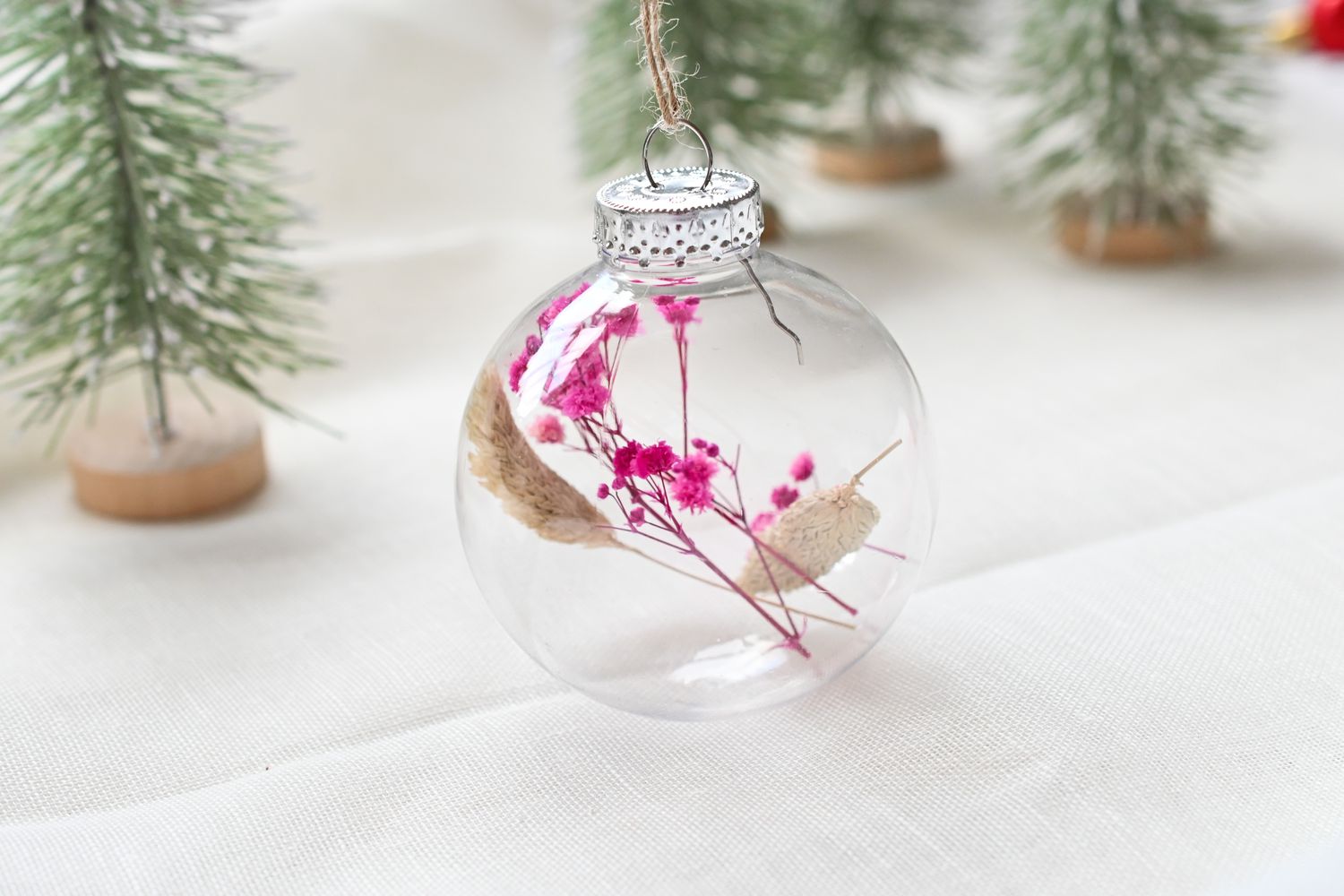

0 thoughts on “When To Prune Ornamental Grass”